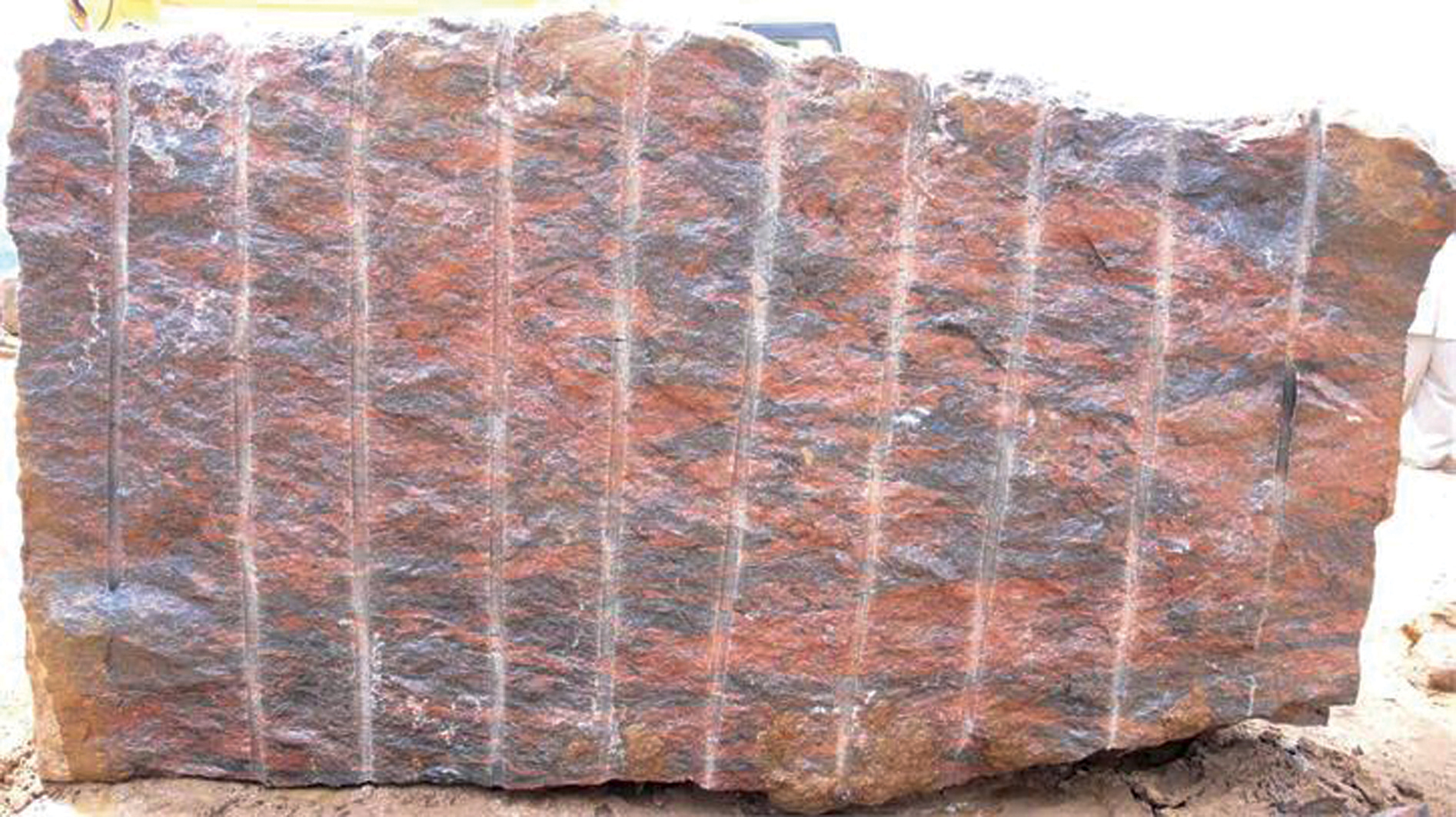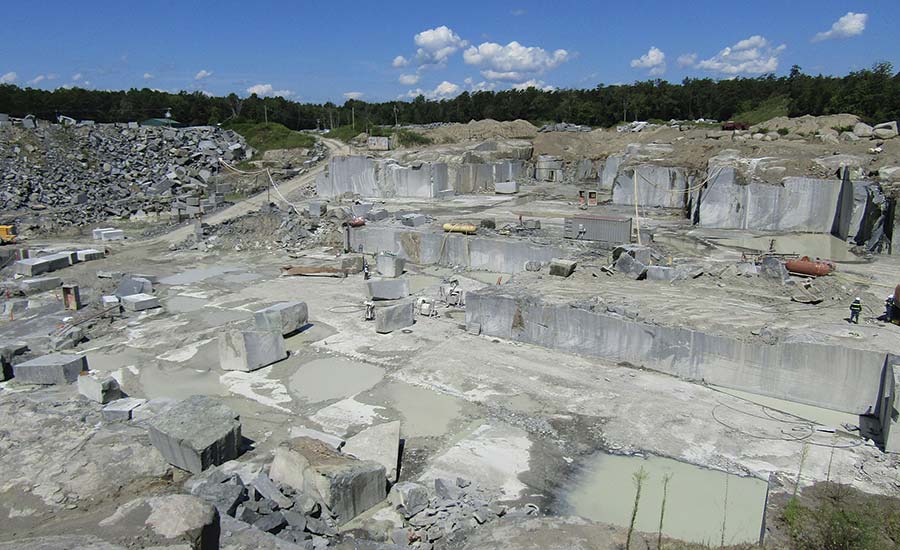Finding the Charm of Granite Quarry in South Africa Marvels
Finding the Charm of Granite Quarry in South Africa Marvels
Blog Article
Revealing the Mysteries of Granite Quarrying: Where Stamina and Elegance Meet
The world of granite quarrying is a realm where the raw stamina of nature assembles with human virtuosity to develop frameworks that stand the test of time with an air of style. From the midsts of quarries to the thorough sprucing up in workshops, the process of transforming granite right into architectural wonders is a complex dance of tradition and innovation. As we peer right into the midsts of this ancient craft, we start to uncover the covert details that shape the very significance of our developed environment.
The Origins of Granite Quarrying
In the record of architectural history, the origins of granite quarrying are shrouded in a tapestry of ancient craftsmanship and geological marvels. Going back to old Egypt and Mesopotamia, the extraction of granite from quarries noted the beginning of a journey that would at some point lead to the production of a few of the world's most iconic structures.
Granite quarrying's origins can be mapped to the skilled craftsmens who acknowledged the stone's resilience and visual charm. Through a mix of primitive devices and sheer resolution, these early quarry workers discovered granite blocks that would come to be the building blocks of civilizations.
As people evolved, so did the techniques of quarrying granite. The Romans, renowned for their design prowess, created advanced approaches for extracting granite to construct monuments, temples, and roads that stood the examination of time.
The heritage of these old quarrying techniques remains to shape contemporary style, with granite continuing to be an icon of stamina and beauty in building and construction jobs around the world. (granite quarries in south africa)
Devices of the Quarrying Profession
The advancement of granite quarrying techniques from old people to contemporary times highlights the critical role played by the tools of the quarrying sell shaping the industry's methods. In old times, quarrying tools were basic, usually containing chisels, hammers, and wedges made from products like bronze or iron. These tools called for considerable workforce and time to remove granite blocks from quarries.

In addition, the intro of pneumatic tools and high-powered machinery has considerably lowered the physical labor needed in quarrying procedures, improving employee safety and efficiency. As the quarrying sector remains to innovate, the devices of the profession stay at the leading edge of driving progression and shaping the future of granite extraction.
Removing Blocks of Granite
Making use of precision equipment and progressed strategies, the straight from the source removal of granite blocks from quarries has actually become an advanced procedure in the modern-day quarrying industry. Controlled blasting methods are after that used to break apart the granite into manageable areas.

Sprucing Up and Completing Methods
To attain a perfect surface area on granite blocks, knowledgeable artisans use a collection of careful polishing and ending up techniques. After the initial extraction and forming procedures, the granite blocks undertake a thorough sprucing up phase to improve their all-natural appeal and sturdiness. One usual technique utilized in brightening granite is diamond abrasion, where industrial diamonds are used to grind and polish the stone to a smooth finish. This process not only produces a lustrous surface yet likewise makes sure uniformity in color and structure across the granite block.
Along with sprucing up, completing techniques are put on further fine-tune the granite's appearance. These techniques might include flaming, refining, or cleaning, each offering unique textures and surfaces to match different aesthetic preferences. Flaming, for circumstances, involves exposing the granite surface area to heats to produce a harsh, textured surface, perfect for outside applications where slip-resistance is necessary. Honing, on the other hand, gives a matte finish that is smooth more tips here to the touch, ideal for interior countertops and floor covering. By thoroughly selecting and applying these polishing and ending up methods, craftsmens can transform raw granite obstructs into splendid pieces that display both toughness and style.

Ecological Impact and Sustainability
With the growing emphasis on ecological awareness in the sector, granite quarrying practices are increasingly looked at for their effect on natural deposits and click for more info long-lasting sustainability. Quarrying for granite can have substantial ecological ramifications. The extraction process typically entails using heavy machinery, explosives, and big amounts of water, leading to environment destruction, dirt erosion, and water air pollution. In addition, the transportation of granite from quarries to processing facilities generates carbon emissions, additionally adding to ecological deterioration. granite quarries in south africa.
To mitigate these impacts and ensure sustainability in granite quarrying, market stakeholders are taking on numerous actions. Carrying out innovative technologies to minimize energy consumption and water use, redeeming quarried land for eco-friendly repair, and promoting accountable sourcing practices are some strategies being used. Certifications such as the Woodland Stewardship Council (FSC) and the Leadership in Power and Environmental Layout (LEED) assistance consumers identify environmentally pleasant granite items.
Final Thought
To conclude, granite quarrying is a process that needs specialized tools and methods to extract blocks of granite and brighten them to a high level of finish. While the ecological impact of quarrying can be substantial, initiatives are being made to boost sustainability techniques in the sector. On the whole, granite quarrying is a delicate equilibrium in between utilizing the strength and beauty of this natural stone while minimizing its effect on the setting.
Report this page